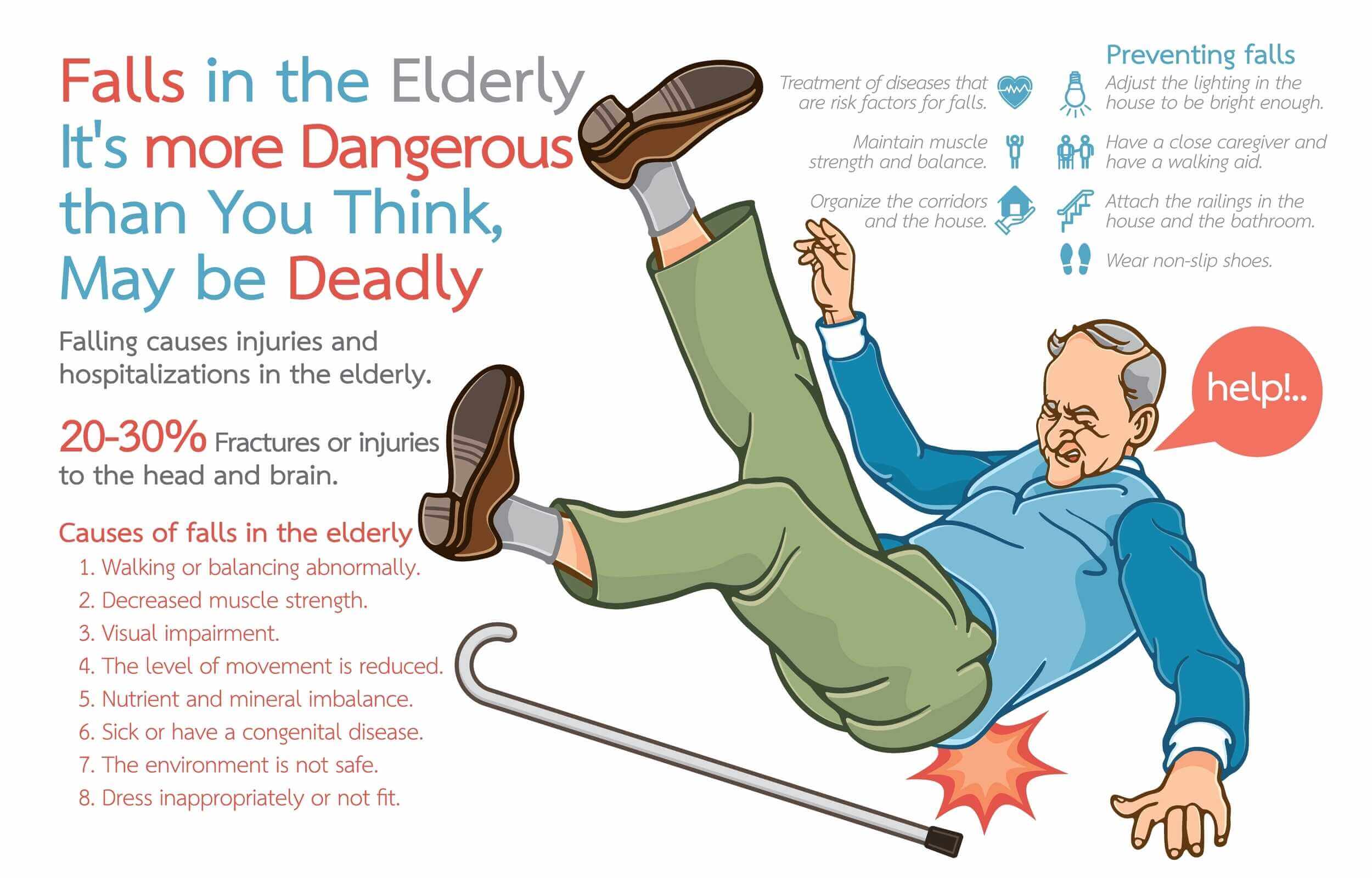Get More Out Of Physical Therapy

It can reduce pain, boost strength, get you as healthy as possible for surgery, and more
By Kevin Loria
Physical therapy, or PT, is known to help with recovery from injuries. But it can also stop many kinds of nagging pain from becoming debilitating and give you the confidence to avoid falls. Before surgery, it can help you build stamina so that you can bounce back faster.
Pain-Relief Power
A sore lower back, an achy shoulder, or stiff knees may crop up with age. But it doesn’t have to stop you from doing the activities you enjoy. It may be tempting to become more sedentary to avoid discomfort. But that often leads to worse pain down the road, says Robyn Culbertson, DPT, a physical therapist specializing in geriatric care in Columbia, S.C.
If you have pain, a physical therapist can analyze the way you move and then strengthen or stretch out your body so that a minor problem doesn’t worsen, says Joseph Lume, DPT, a physical therapist at the NYU Langone Orthopedic Center in New York City. They can even help with progressive conditions. For people with arthritis, for instance, PT can support joints and strengthen surrounding muscles, easing discomfort over time. “The more you can move joints,” Culbertson says, “the better off you’ll be.”
Insurance usually covers PT for pain, she says. But it’s a good idea to check your coverage and find out if you need a referral for reimbursement for certain treatments. Also, state regulations and insurer policies may limit the number of sessions you can have, including those for prehabilitation before surgery.
To get the most from your sessions, it helps to pick a goal—like getting back to playing tennis or going for hikes again—to track your progress and motivate you.
The Pluses of 'Prehabilitation'
If you’re scheduled for surgery, try to get in at least a couple of PT sessions before, Lume says. What’s known as prehab can help get you as strong as possible before your procedure and give you a leg up on any physical rehabilitation you’ll need afterward, he says.
A 2025 meta-analysis found that prehab programs that included exercise reduced the risk of surgical complications, shortened hospital stays, and improved the quality of life for patients.
Virtual Appointments
Telehealth platforms have made it possible for a therapist to do a virtual video assessment, set up an exercise program, and watch and guide you at home via a smartphone or computer, Culbertson says. A therapist can also assess your home for safety and fall hazards, and train a family member to assist you with PT exercises, if needed.
But some people at significant risk of falls need in-person PT to be properly monitored. And this is usually better for those being treated for serious disorders that affect the ability to move, such as Parkinson’s disease. Also, some techniques your therapist might use to relieve pain or stiffness can only be done only in person, including massage and electrical stimulation.
Fall Prevention
If your balance is shaky, physical therapy can help keep you from slipping or tripping. That’s critical because about 1 in 4 adults ages 65 and over fall each year. To help prevent this, have your doctor screen you for fall risk. PT for fall prevention might include muscle strengthening or balance training. It could also involve teaching you how to speed up your reaction time, control your bladder (because rushing to a bathroom can lead to falls), or regain your balance to prevent a fall from occurring in the first place.
Editor’s Note: This article also appeared in the May 2025 issue of Consumer Reports On Health.
Consumer Reports is an independent, nonprofit organization that works side by side with consumers to create a fairer, safer, and healthier world. CR does not endorse products or services, and does not accept advertising. Copyright © 2025, Consumer Reports, Inc.
Popular Products
-
 Put Me Down Funny Toilet Seat Sticker
Put Me Down Funny Toilet Seat Sticker$33.56$16.78 -
 Stainless Steel Tongue Scrapers
Stainless Steel Tongue Scrapers$33.56$16.78 -
 Stylish Blue Light Blocking Glasses
Stylish Blue Light Blocking Glasses$85.56$42.78 -
 Adjustable Ankle Tension Rope
Adjustable Ankle Tension Rope$53.56$26.78 -
 Electronic Bidet Toilet Seat
Electronic Bidet Toilet Seat$981.56$490.78